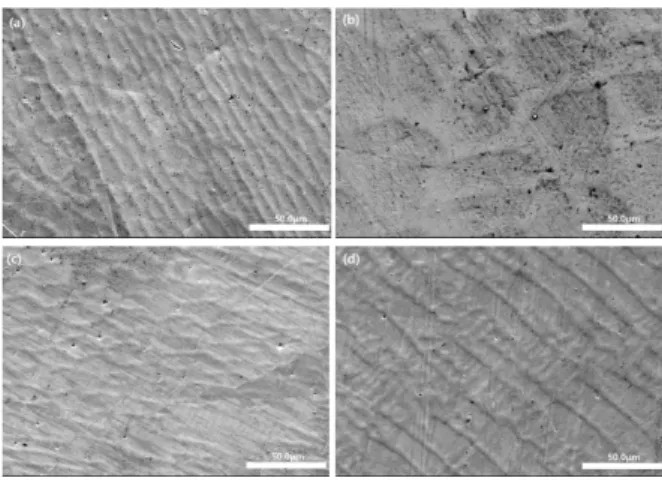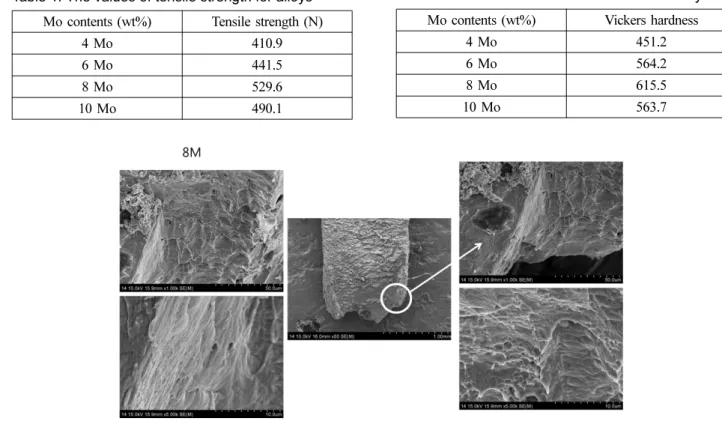관련 문서
Surface characteristics of hydroxyapatite coated Ti-40Ta-xNb alloys by plasma electrolytic oxidation and sputtering
The mechanical properties of the Ir-based films by the change of the alloy element content show that the hardness value is decreased with Re contents
In this study, we investigated the surface characteristics of hydroxyapatite film on the micro-pore structured Ti-35Ta-xNb alloys by
Control of Mechanical Properties by Proper Heat Treatment in Iron-Carbon
Consequently, Zr-Cu binary alloys have the potential to be used as biomaterials with nullifying magnetic properties for magnetic resonance imaging diagnosis and
Various studies have been performed to improve properties of material, electrical and mechanical properties of railway train according to the increase of the speed in the
however, such scaffolds could have poor mechanical strengths. 19) For these reasons, multi-pore sized scaffolds have been announced to increase the mechanical
: Development of Microstructure and Alteration of Mechanical Properties.. 4.6 The homogeneous nucleation rate as a function of undercooling ∆T. ∆T N is the critical


